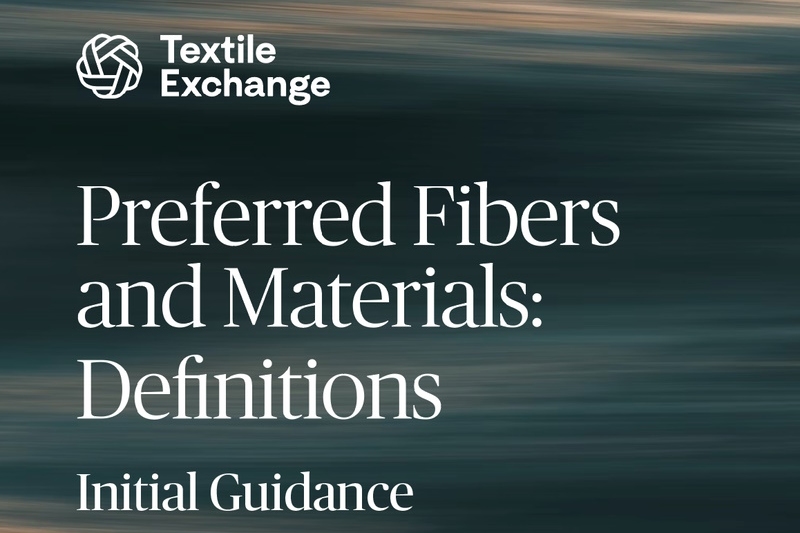
Textile Exchange updates new definition for preferred materials
YarnsandFibers News Bureau 2023-02-12 13:43:07 – USAGlobal non-profit Textile Exchange, which works with all sectors involved in the fashion and textile supply chain, said that the term "preferred materials" was defined in 2010 as "a fiber or raw material which results in improved environmental and/or social sustainability outcomes and impacts compared to conventional production.”
However, it emphasizes that in order to achieve the required 45% reduction in greenhouse gas emissions by 2030, it is critical to tighten the rules for what counts as accomplishing that objective.
The definition of Textile Exchange has had to adapt throughout time to reflect the development and increasing ambition of the fashion industry.
To achieve that goal, materials must be produced sustainably, which is expected to lessen climate impact and benefit both people and the environment.
The new definition for preferred materials is: “A fiber or raw material that delivers consistently reduced impacts and increased benefits for climate, nature, and people against the conventional equivalent, through a holistic approach to transforming production systems.”
The Textile Exchange clarifies that its new strategy adheres to the United Nations Environment Programme (UNEP) Ecosystem Restoration narrative by removing the "and/or" from the definition.
Textile Exchange emphasizes the importance of reducing emissions. However, there is a chance of alleviating one issue while simultaneously creating others if human rights are disregarded, or the industry fails to safeguard biodiversity.
Textile Exchange is to promote growth in the production of materials derived from the land that boosts the resilience of the environment and neighborhood communities by including outcome-based metrics in this definition. Additionally, it is directing its efforts to substantially raise the amount of recycled textile-to-textile content utilized in the apparel industry.
Market Intelligence
Ask for free sample Report

experience
Customer Base
dedicated team
Countries Served Worldwide









